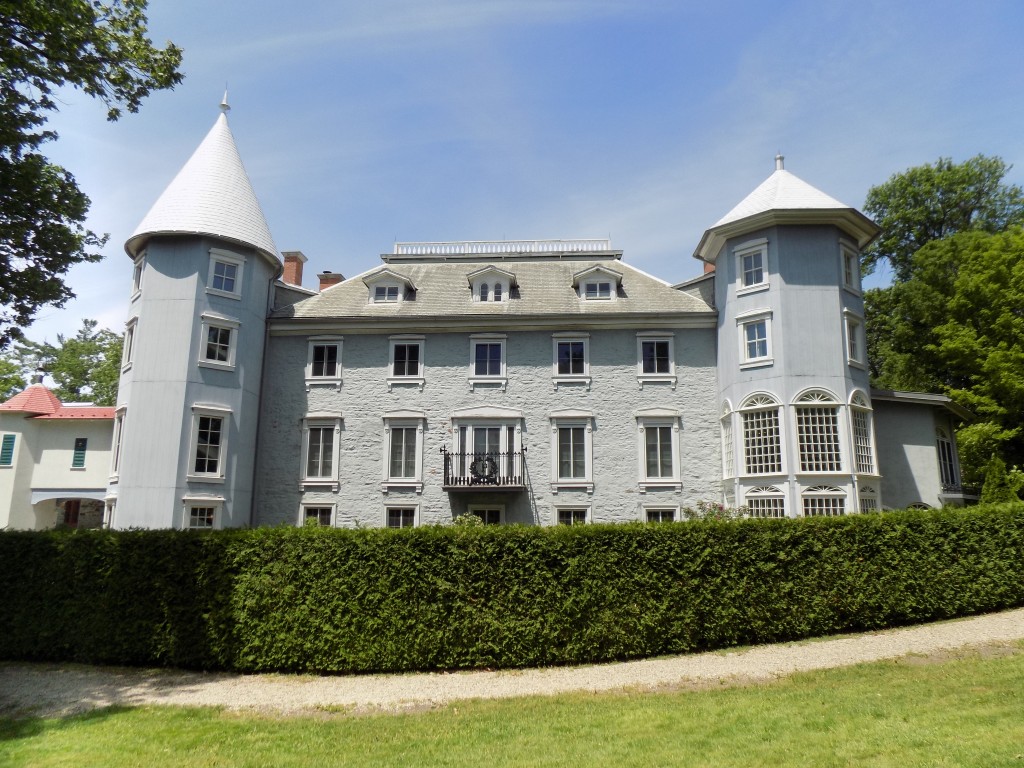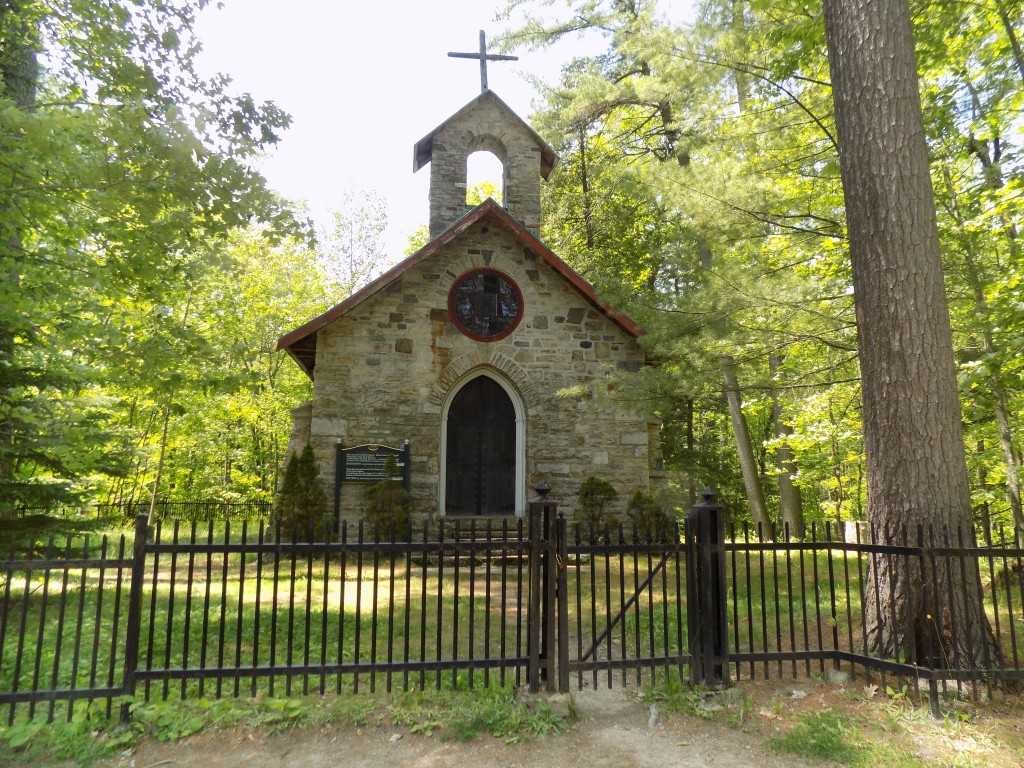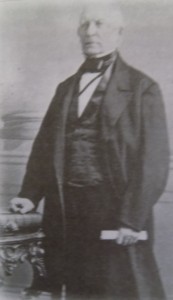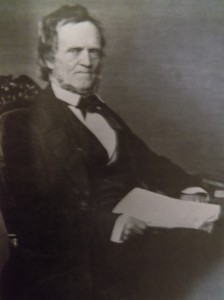Canada’s rebellion and the North Country connection

Louis-Joseph Papineau’s manor house overlooks the Ottawa River in Montebello, Quebec. Photo: James Morgan
It’s the closest Canada has ever got to a civil war. In 1837-1838, class dissent led to a “rebellion” in the British colonies of Upper Canada (now Ontario), and Lower Canada, (now Quebec). In both colonies during the 1820s and 1830s, the French-Canadian middle class and English-speaking farmers were upset that the government and economy were controlled by upper class. In Lower Canada, it was known as the Chateau Clique, in Upper Canada, they were the Family Compact, or Tories. The leader of the rebels in Upper Canada was William Lyon Mackenzie, a Scottish-born newspaper publisher known for his fiery editorials against the ruling class and support for republican government. In 1834, he had been elected as the first mayor of Toronto. Louis-Joseph Papineau, the rebel leader in Lower Canada was a bit of a paradox. He was a member of the establishment and owned a seigneury, which was a system of land ownership and local government kind of like a southern plantation. Papineau’s manor in the village of Montebello, Quebec, is now a national historic park. Papineau supported continuing the seigneurial system but also supported American republicanism. His supporters were known as Patriotes.
In November 1837, Patriotes chopped down a maypole on the property of Captain Louis Bessette, a wealthy army officer. The rebels threw stones and frozen mud at his house. There was also a street fight in Montreal between members of the establishment Doric Club and a group of Patriotes. Louis-Joseph Papineau fled to the United States. On November 23, Patriotes defeated British troops at St. Denis, but victory was short-lived. The British sacked and burned the villages of St. Eustache and St. Benoit and more Patriote leaders fled to the U.S.
In November 1838, a group of Patriote exiles in the U.S. organized and marched north into Lower Canada, but they were soundly defeated by the British. 850 Patriotes were arrested. 12 of them were hanged, and eight were deported to Australia. Papineau was amnestied in 1844 and returned to Lower Canada in 1845. He died at his Montebello estate in 1871.
In Upper Canada, the rebellion was basically a bar fight. Rebel leaders were meeting at Montgomery’s Tavern north of Toronto on December 7, 1837. 1500 Loyalists and volunteers gathered outside and quickly dispersed the 400 rebels. William Lyon Mackenzie fled to the United States. He tried to organize a new group of rebels on Navy Island near Niagara Falls but was arrested by the Americans and spent 11 months in a Rochester prison.

Louis-Joseph Papineau is buried in this chapel on his Montebello estate, now a national historic park. Photo: James Morgan
There was American support for the rebels and a North Country connection too. It manifested itself in what is known as the Patriot War. With weapons and munitions stolen from state arsenals, a group of American paramilitaries organized in Jefferson County with a plan to invade and capture Kingston on February 22, 1838, George Washington’s birthday. William Lyon Mackenzie actually joined the expedition at Watertown but then left it because he disagreed with General Van Rensselaer’s leadership of the group. The rebels were poorly organized and dispersed from their camp on Hickory Island. Several rebels were arrested, but many simply just went home before they could be caught. The St. Lawrence County legislature appropriated funds in support of the Patriot War rebels in an unusual example of municipal defense spending. The Battle of the Windmill, which took place by the St. Lawrence River across from Ogdensburg on November 13 to 18, 1838, was fought by American rebels against British and American forces. The rebels were defeated and many taken prisoner. Their defense lawyer was John A. Macdonald, who became Canada’s first Prime Minister. After the rebellion, William Lyon Mackenzie was allowed to return to Upper Canada in 1849 and died in 1861. His grandson was William Lyon Mackenzie King, Prime Minister of Canada from 1921 to 1930 and 1935 to 1948.
The 1837-1838 rebellion was not terribly violent, and it was more of a civil disturbance. Yet, it’s an intriguing part of Canada’s history, which is not known for being particularly tumultuous.









